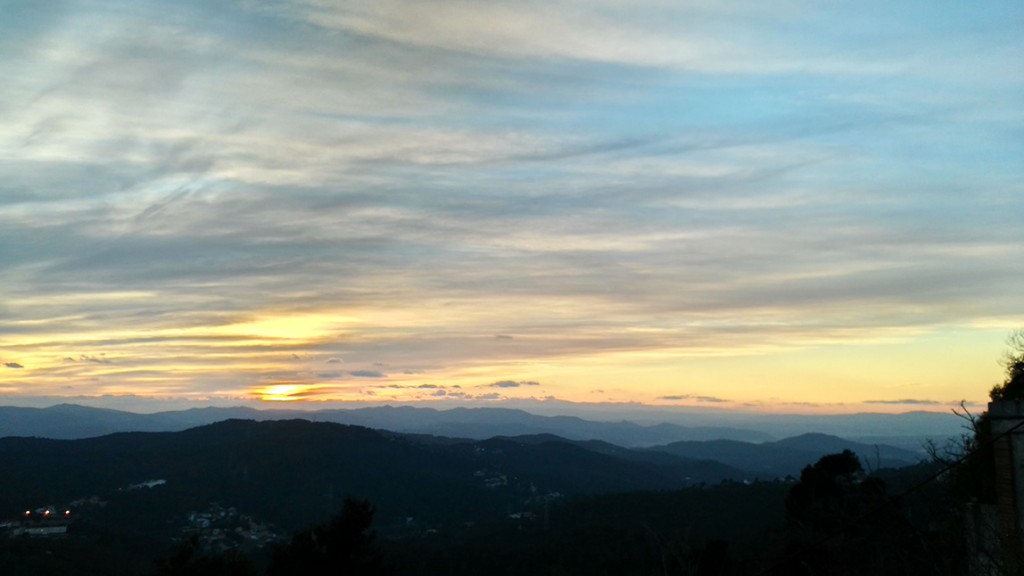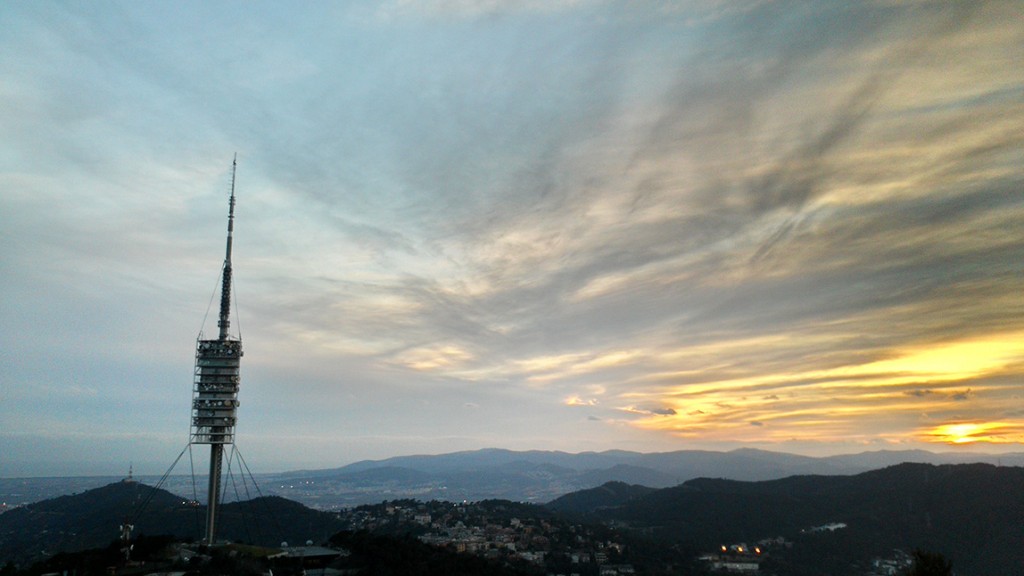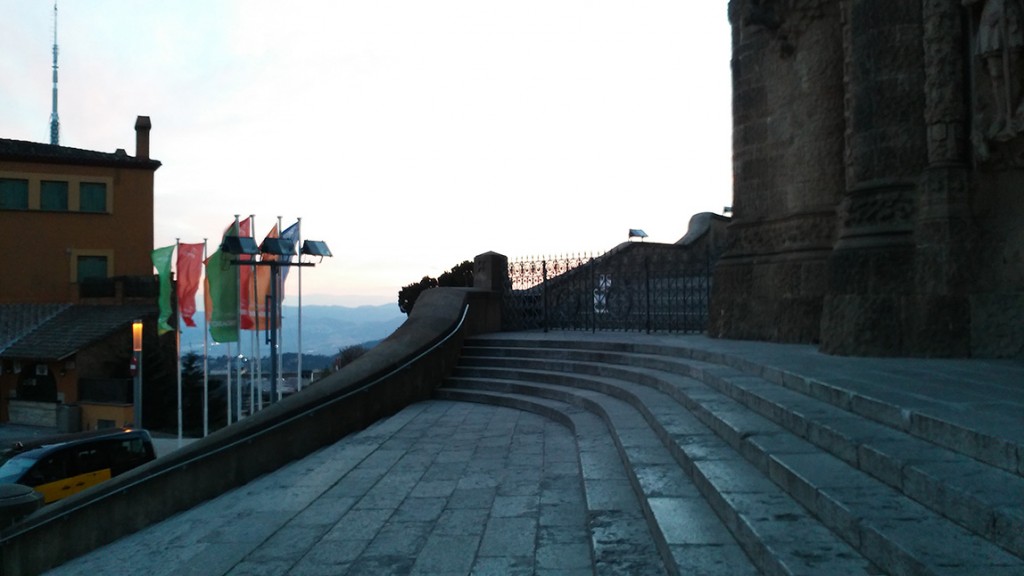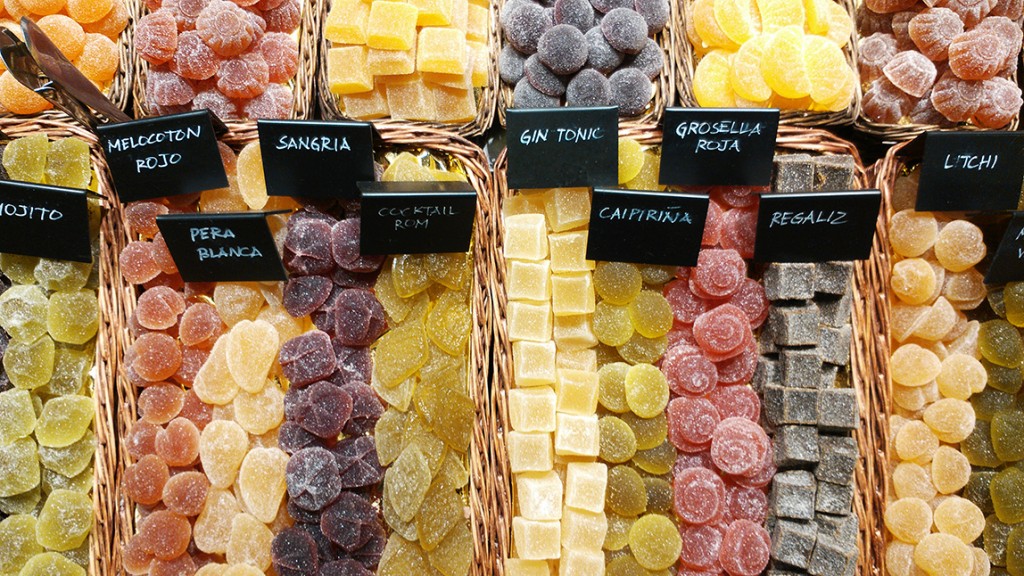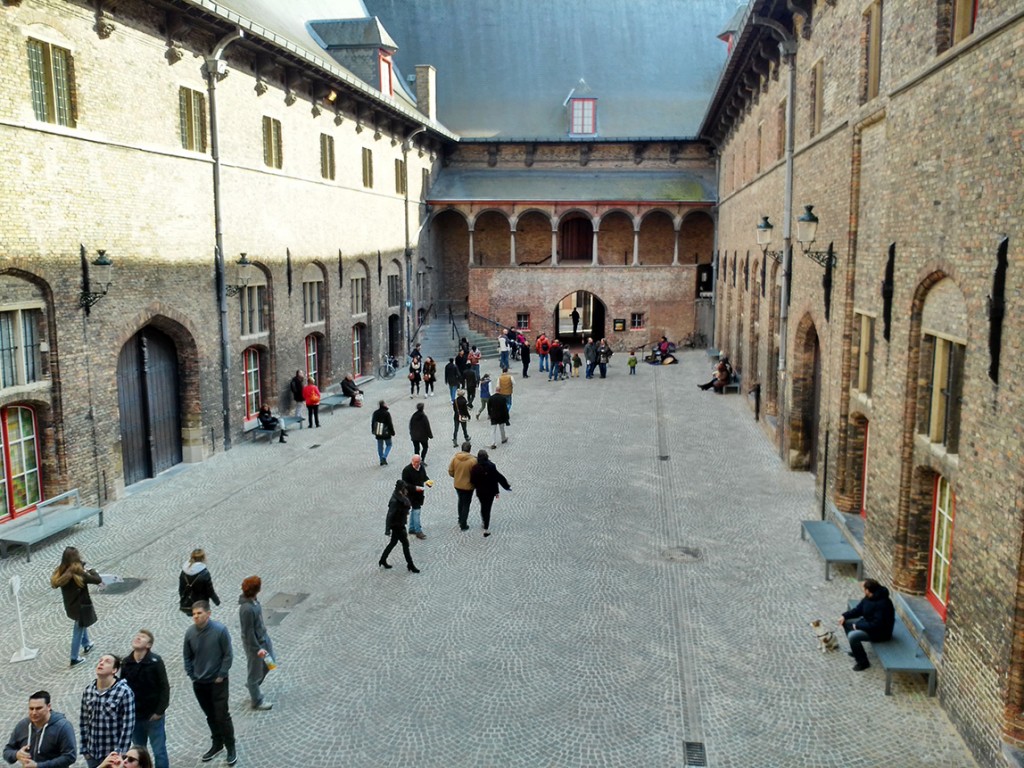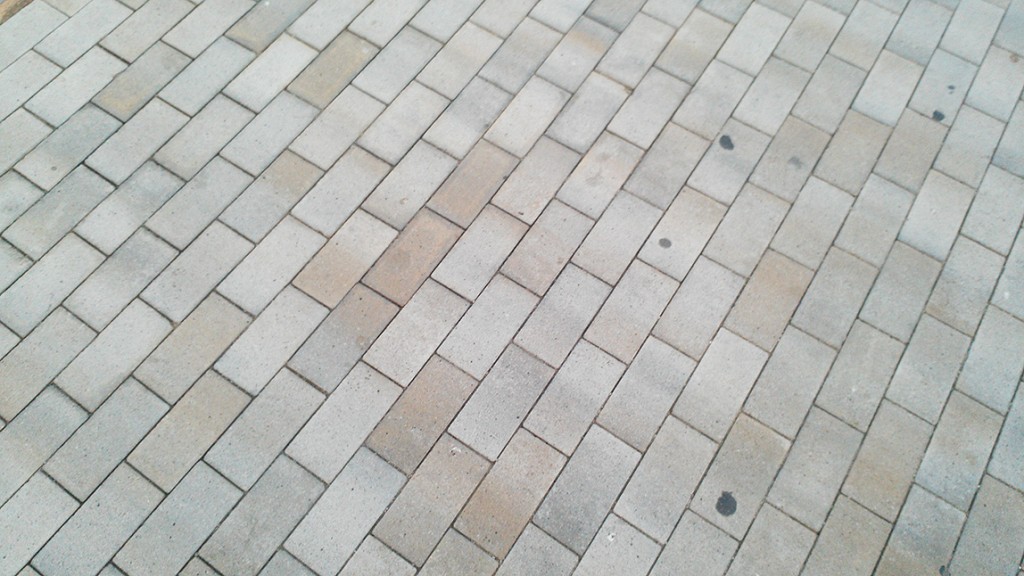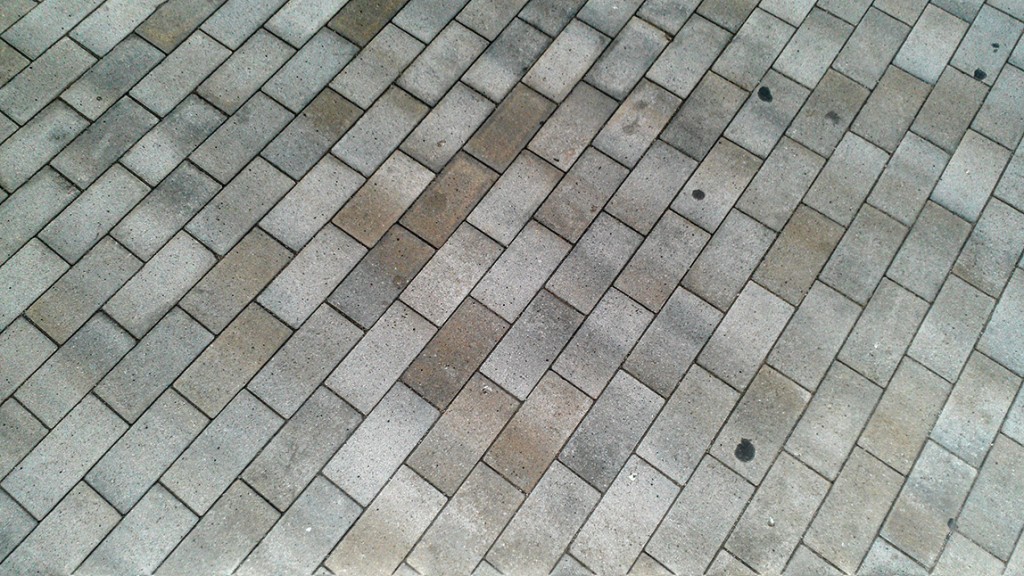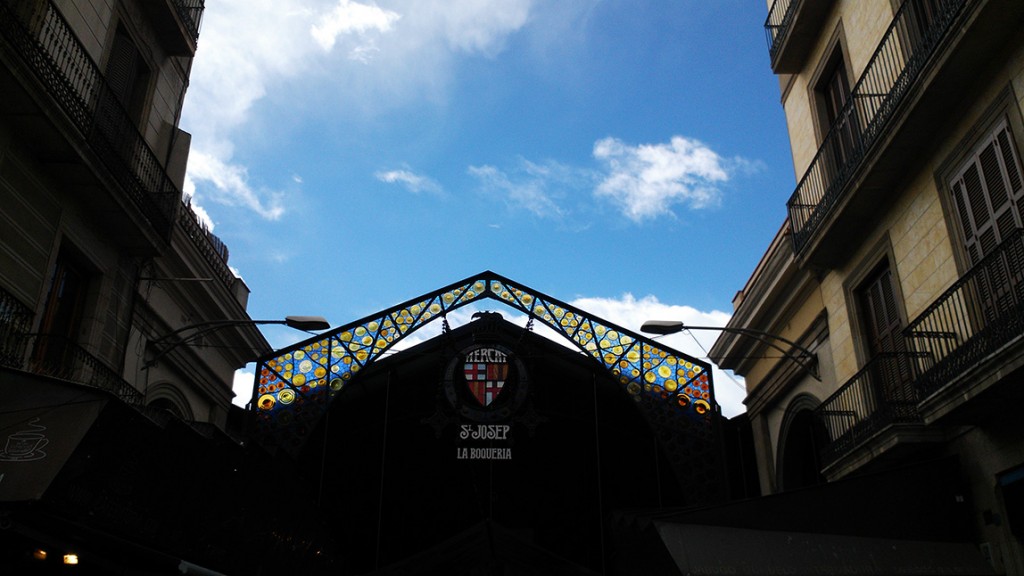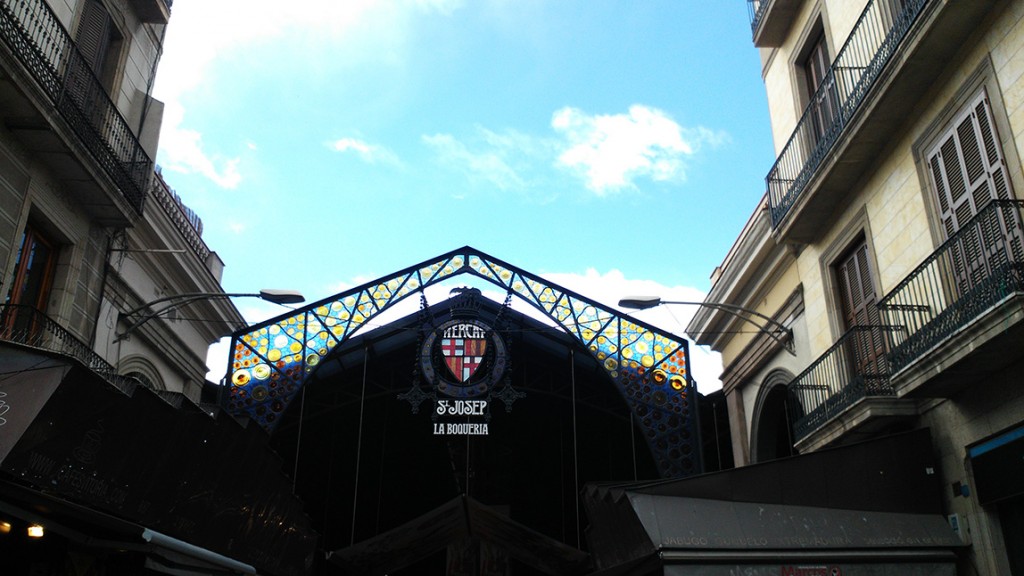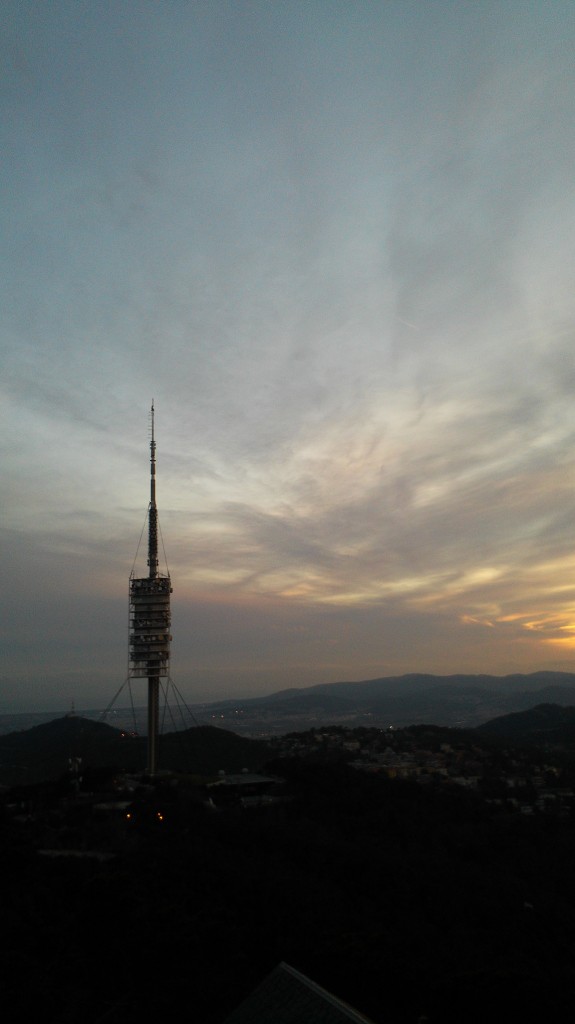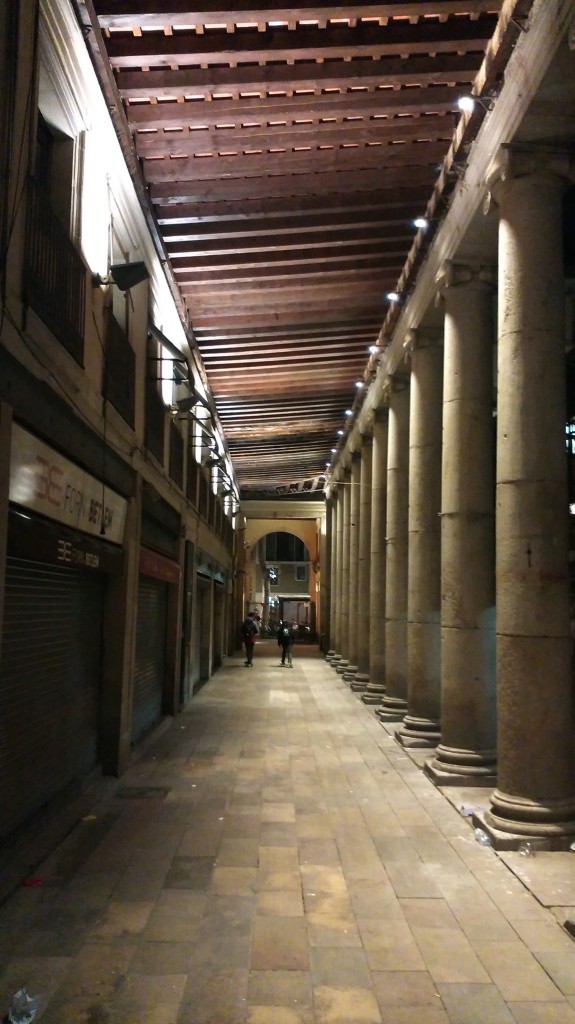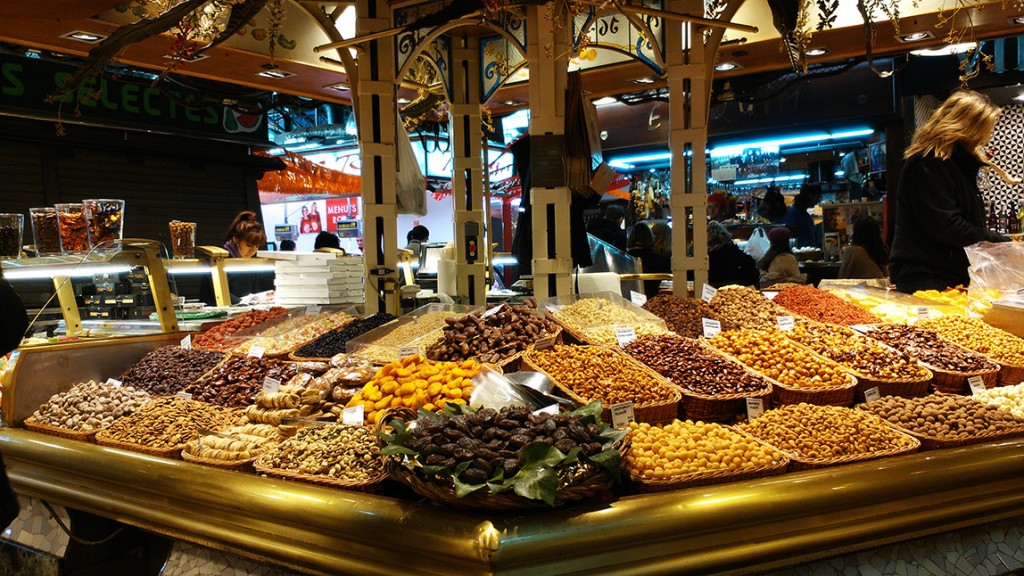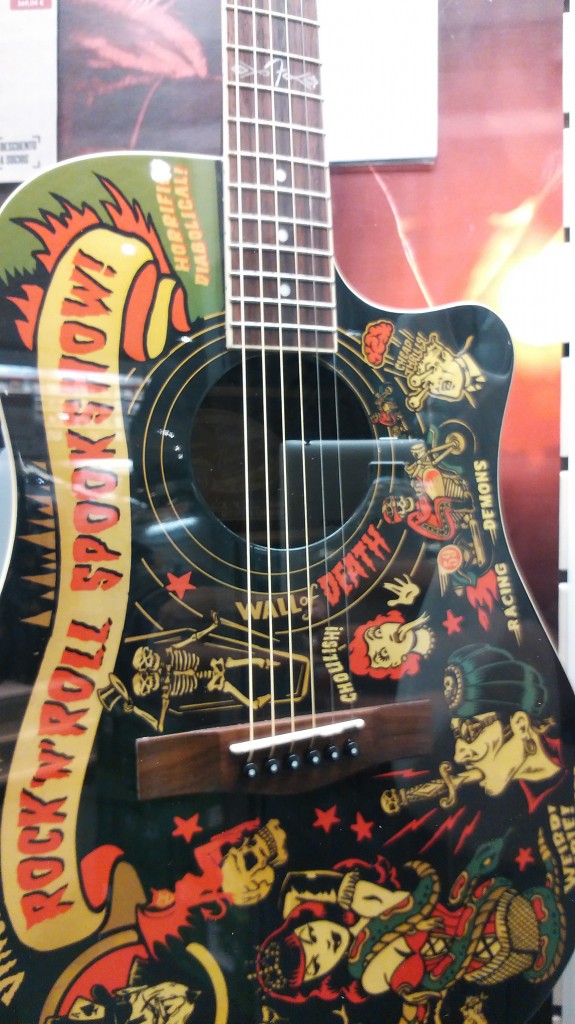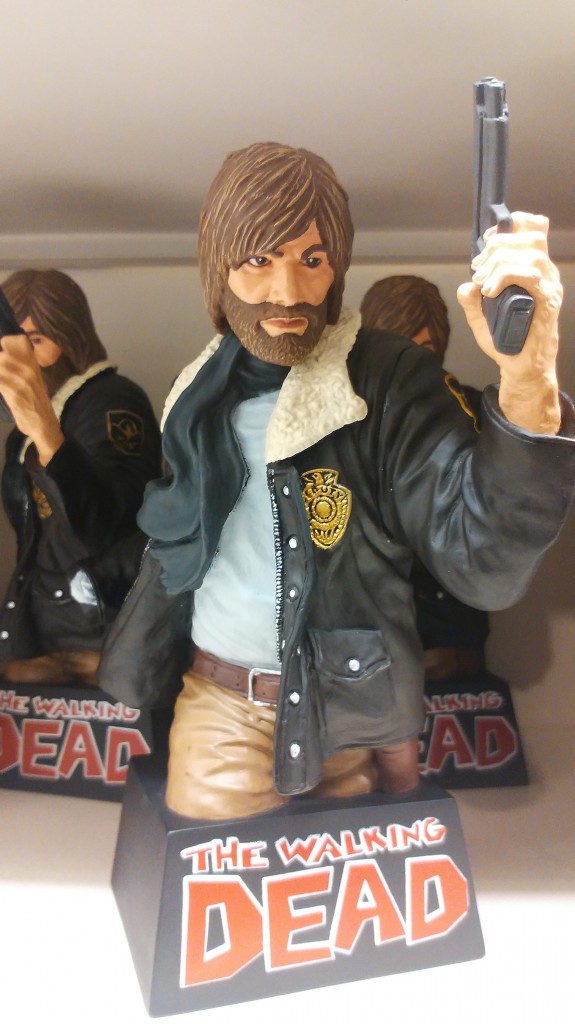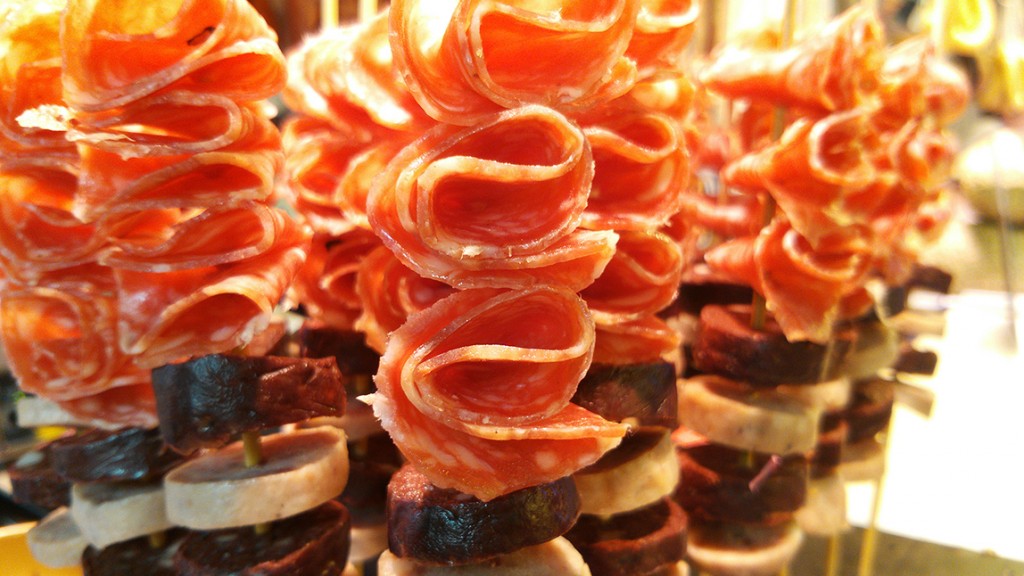The Vibe Z is the Lenovo’s flagship device which is all set to launch in India soon. It is an improved variant of the previous flagship, the K900, in many ways. Sporting improved internals, we were pretty happy to see that Lenovo has stuck to the same camera and lens unit as the K900. A 13 megapixel Sony sensor with the fastest f1.8 lens still has a lot of untapped potential, so we tested it on the road, while in travel to see how it performed in actual use – capturing moments from a trip. Being the only camera at hand, how does it hold up in various conditions? Does it capture all the moments well? Lets go through our Lenovo Vibe Z camera samples for a quick analysis.
The Lenovo Vibe Z has a 13 megapixel EXMOR RS Stacked CMOS sensor from Sony, which has been used in various phones right from the K900 to the Samsung Galaxy S4 or the LG G2. But how the Vibe Z differs from other manufacturers using the same sensor is the lens module. Lenovo uses a f1.8 aperture lens module on the K900 as well as the Vibe Z, which is the fastest lens on a smartphone. Fastest means the lens will be able to capture exponentially more light, and that is not related to autofocus and shot to shot speed. The UI is very much exactly the same as the Lenovo K900, meaning it has too many options that we will rarely use, but there is always the choice for the power user.
With tons and tons of settings, modes and scenes, it is really hard to textually describe it, so here is a complete video review of it, with camera samples and even more general thoughts on the camera –
httpv://www.youtube.com/watch?v=GAPZjKCBakU
Lets look at the samples now.
Daylight
Sunset – This was taken with the HDR mode. You can notice how the distant mountains appear in the photo. It was not possible to see them in the normal mode.
Another shot of the sunset, with a different object. Again, taken with the HDR mode, which worked great.
A cathedral’s steps. Taken just before sunset.
Vegetables and fruits from a market. Greatly detailed and vibrant. Taken with the normal Auto mode. The original pic’s size is huge, you can click the above photo for the full resolution version.
More colours, again greatly detailed shot here.
As you can see from a lot of the photos above, most of the photos in natural daylight are perfectly clear and highly detailed, but the HDR mode was even better. It takes quick shots in multiple exposures and merges them well enough to produce better dynamic range and saturated colours. Here are some pure HDR samples, with a comparison with the same photo in day light.
HDR Samples
HDR Sample 1 – a medieval courtyard.
Pedestrian path – without HDR.
With HDR.
Market, from the outside – Without HDR.
With HDR.
The samples above indicate the kind of dynamic range one can get from a phone camera, which usually has overblown highlights and dark shadows due to the small size of the sensor. The HDR mode comes with a few ups and downs though. Ups are great quality, performance and dynamic range but downs are it being locked out in a different mode than a toggle, slow actuation and blurry details in the corners of the image. But downs aside, we found the HDR mode to perform the best in various conditions and we highly suggest one uses it on the Vibe Z.
While the photos in standard conditions come out really well on the Vibe Z, low light is where the real test was. We tested out with several photos, here are our results –
Low Light
After the sunset, the phone still captured usable shots.
Insides of the cathedral. Detail tends to be better in the middle than the far corners of the photo.
V for Vendetta mask – Harsh lighting is nicely handled in the auto mode, HDR mode produces weird results though.
Market corridor – Details are lost here, as the aggressive noise reduction proves to be too much for the photo.
Most of the low light samples turned out to be usable, but they were nowhere near the samples that we got in daylight or otherwise. Consistent performance was naturally hard to find like most other smartphones, so we ended up with some shake in some of our unlisted samples. In the auto mode, one can get decent shots when the object is illuminated by a hard light and HDR mode in low light should rather be avoided, as it consistently performs poorly(in this condition alone). Overall, when compared with other devices, we felt the processing part could be better, but the aperture definitely helps in taking usable low light shots.
Finally, with the same f1.8 aperture also comes the bokeh factor, which is prominent in macro pictures, so here are some samples.
Macro
The pictures were incredibly sharp, detailed and close ups had decent amount of bokeh. We found it to focus really well, but overall, take in any condition, we found the shutter actuation to be a problem. It never really gets pressed and the focusing is a bit slow and untrustworthy, making macro shots a but harder. But image quality is brilliant, so I guess we have a decent compromise here.
Video
httpv://www.youtube.com/watch?v=Da8ijz2f9wM
You might have seen some really excellent camera samples above, but the videos are not as spectacular as the photos but still you get decent 1080p videos at 30 fps. We will leave it up to you to take a look at the video sample and decide.
Overall, if you take a look at these camera samples, the Vibe Z is a great camera phone for standard conditions, with the HDR mode highly recommended. But our Lenovo Vibe Z coverage does not end here, we will be letting you know how the device is in other departments, in our full in-depth review, stay tuned!
This post was made possible with inputs from the Lenovo product team.


